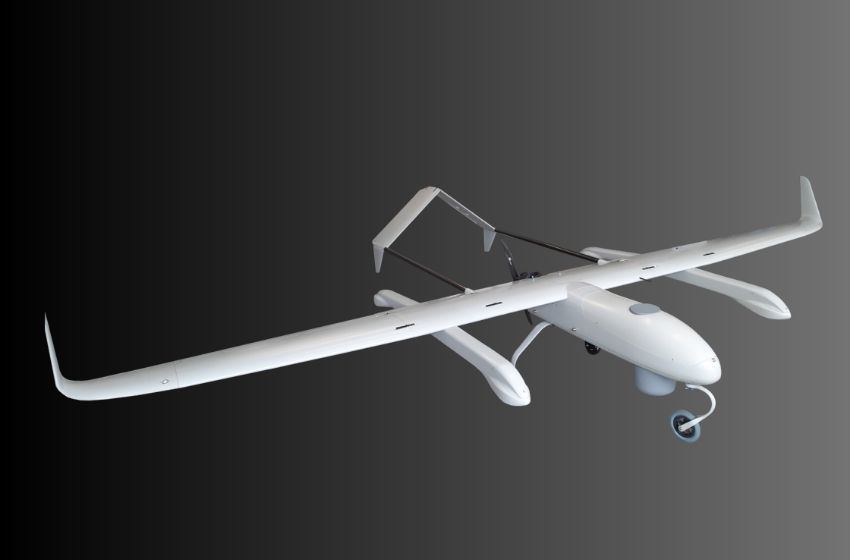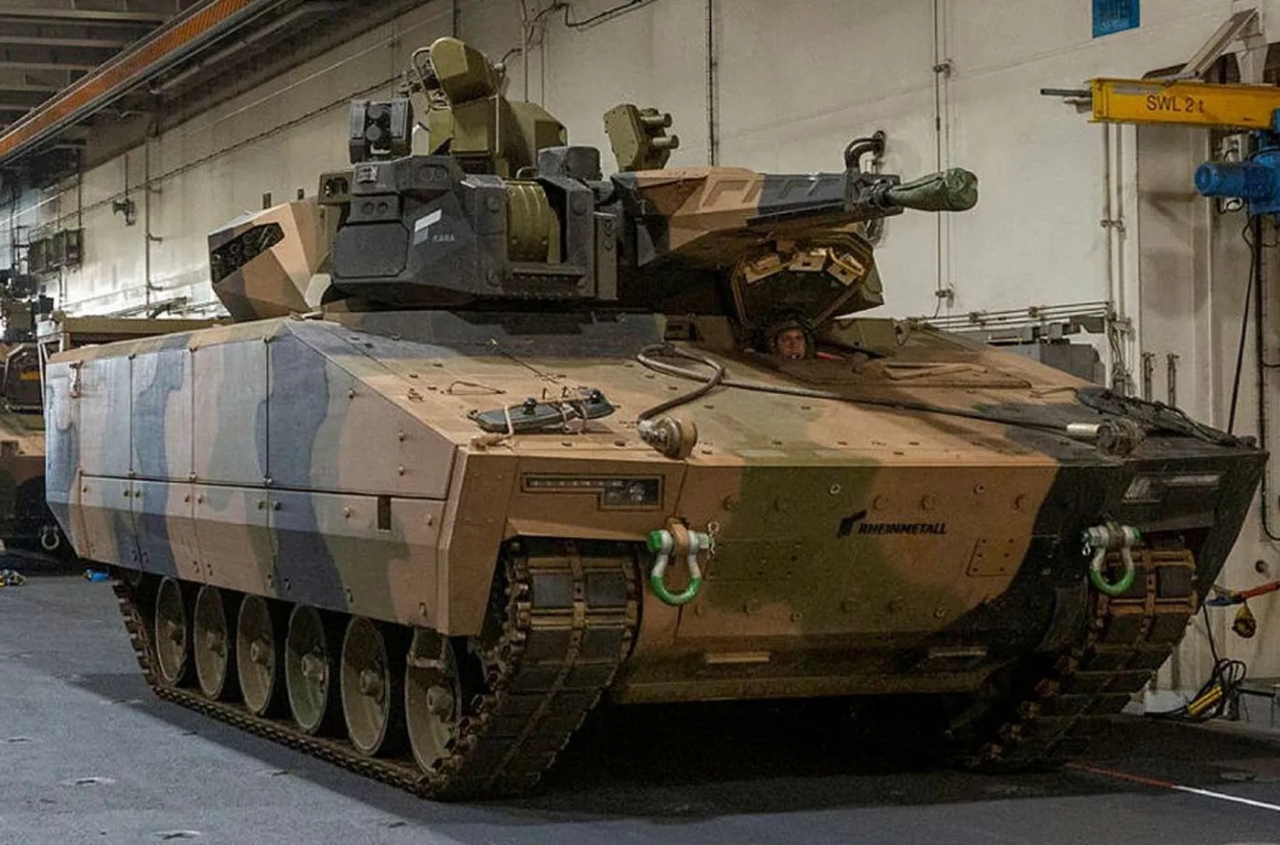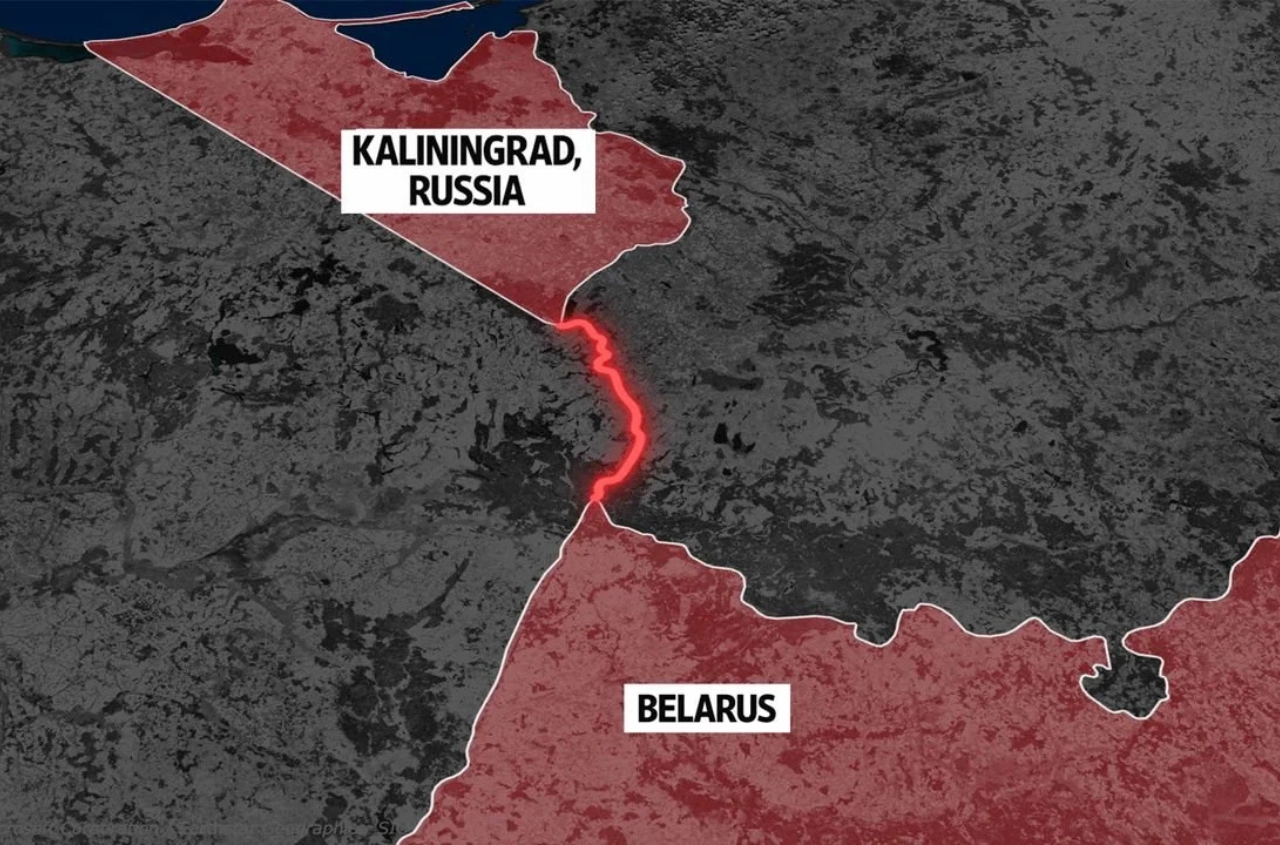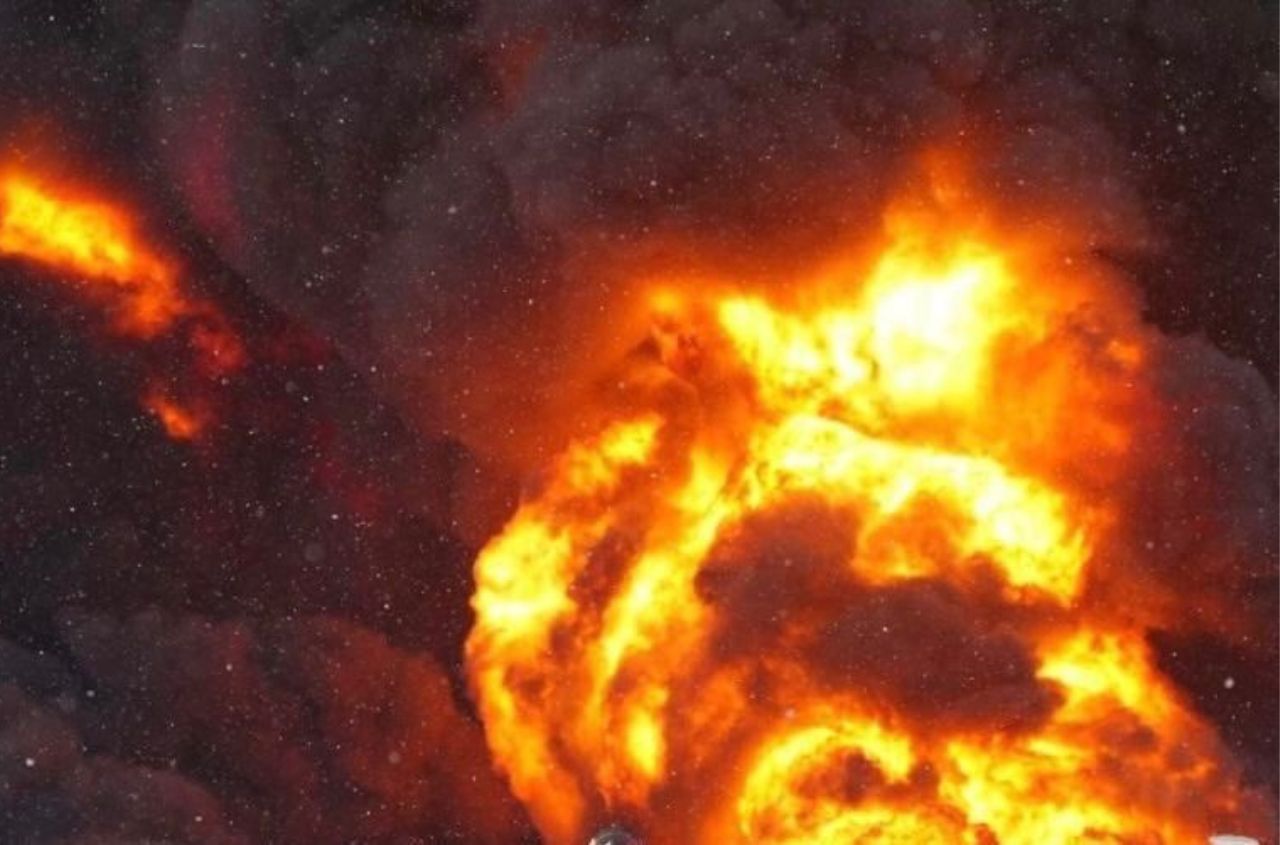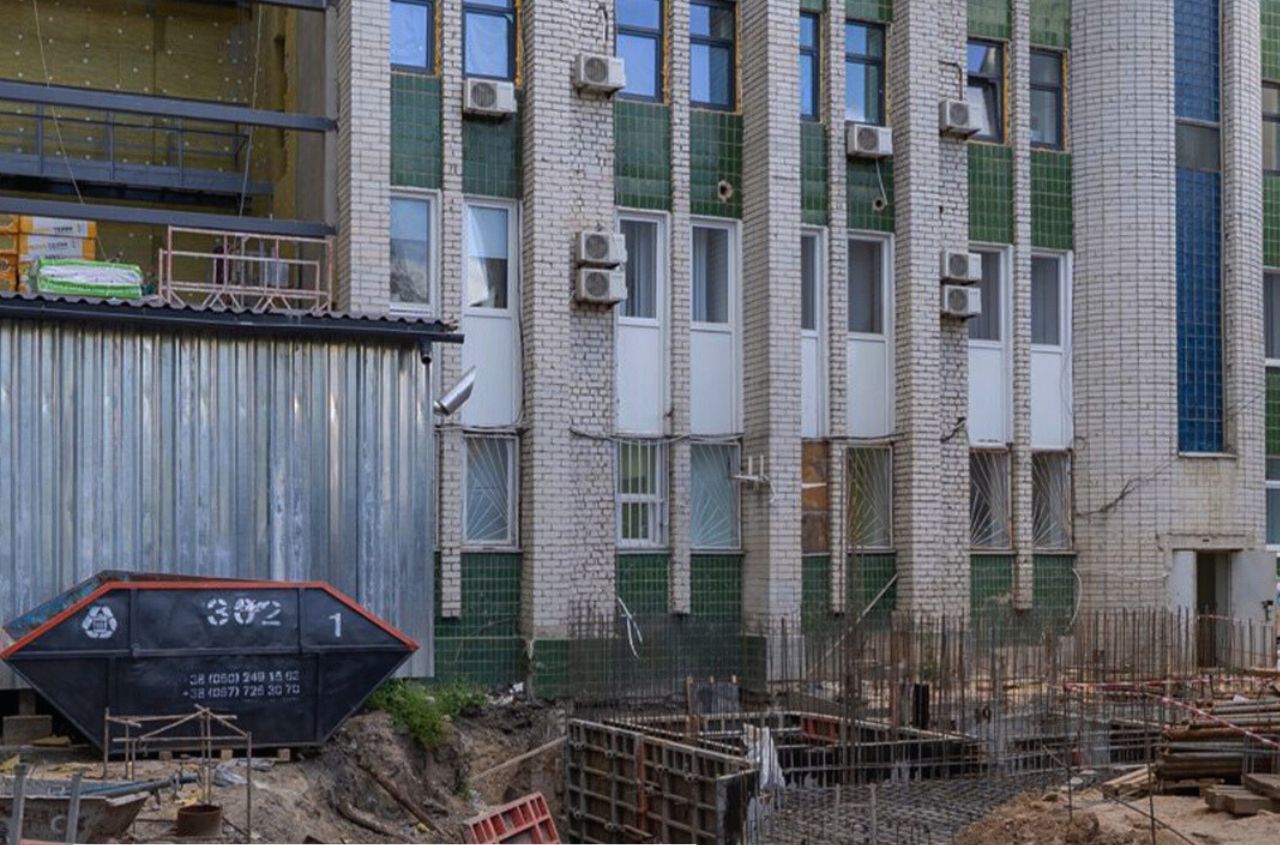The radio reconnaissance complex based on the Gekata drone is set to undergo all necessary testing by the end of 2023. This will aid in detecting valuable targets for long-range strike weapons used by the Armed Forces of Ukraine.
According to Defense Express, the Gekata UAV is a cutting-edge Ukrainian development by the NVC "Infoprotection," designed for the detection and identification of pulse signals emitted by enemy systems such as radar stations, electronic warfare and air defense equipment, as well as aircraft.
The developers are already working on creating a database of signals from enemy systems, so that when Gekata is deployed by the military, they can utilize this development as efficiently as possible.
It is claimed that the full-fledged Gekata airborne complex, consisting of six PD-2 UAVs with a suspended container of RTR equipment and one ground control station, can cover a section of up to 100 km along the front line.
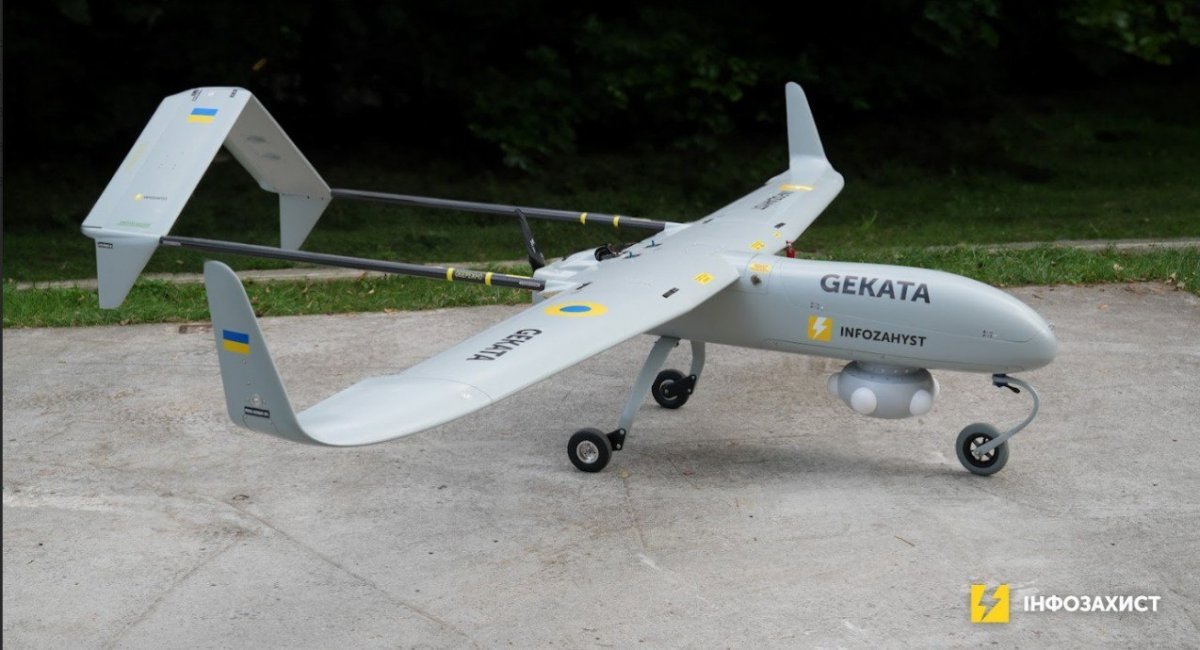
The target detection range reaches 450 km, enabling the drones to operate beyond the reach of Russian air defense systems and simultaneously conduct reconnaissance across the entire territory of temporarily occupied Ukraine, including Crimea.
The Gekata complex operates without emitting any signals, making it nearly impossible for the enemy to detect the PD-2 drone. This drone can operate at distances of up to 200 km from the front line and observe situations up to 250 km deep into enemy territory.
It is reported that Gekata can simultaneously track up to 200 targets. The data acquired can be transmitted in real-time or stored internally for later analysis, even during a complete "radio silence" or autonomous flight scenario.
The complex can be operated by a single operator. Notably, Gekata requires less power consumption compared to ground-based RTR systems, offering high mobility and rapid deployment capabilities.
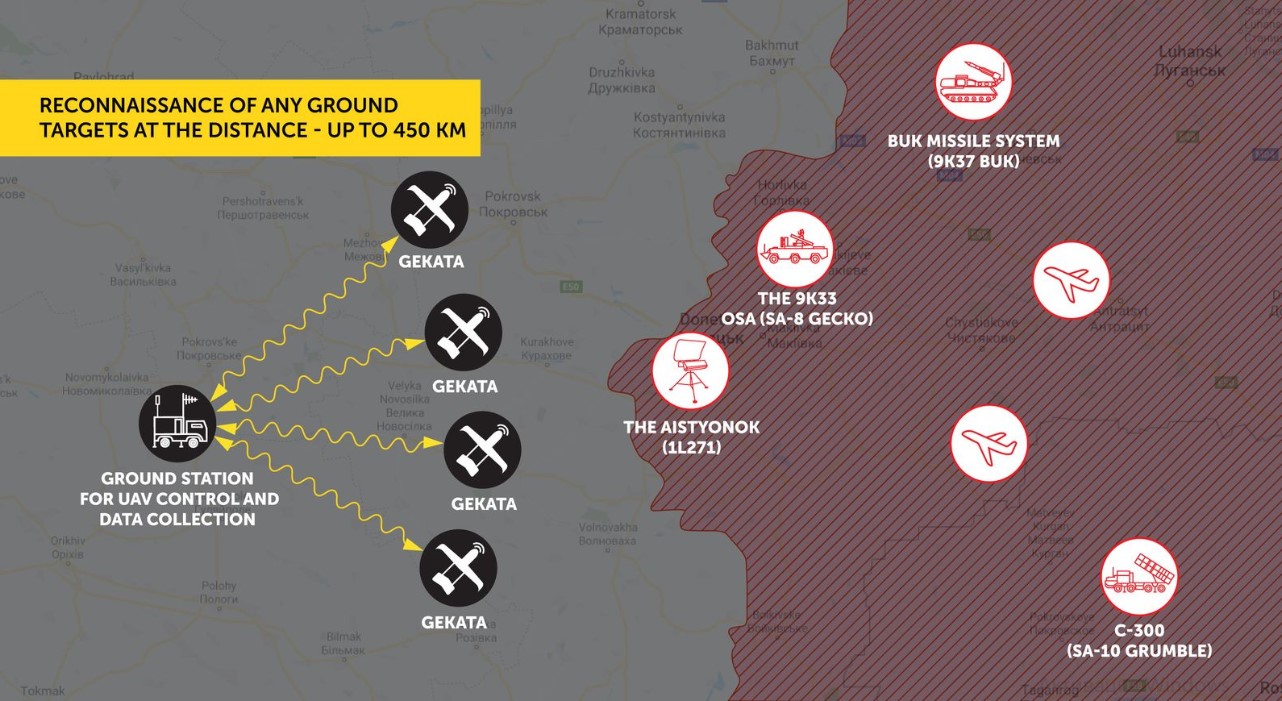
The PD-2 drone by "UkrSpecSystems" is already successfully utilized by the Ukrainian Armed Forces on the battlefield, particularly the VTOL version with vertical takeoff and landing. This variant expands the drone's usability by allowing operations on unprepared landing sites.
Specifications of the Gekata Complex:
Receiver operating frequency range: 2-18 GHz (basic configuration)
Receiver type: superheterodyne
Real-time bandwidth: 800 MHz
Number of hardware-independent channels: 2
One channel real-time bandwidth: 400 MHz
Single frequency dynamic range: over 72 dB
Azimuth angle bandwidth: 360 ° (omnidirectional antenna)
Coordinate determination method: TDOA+AOA









